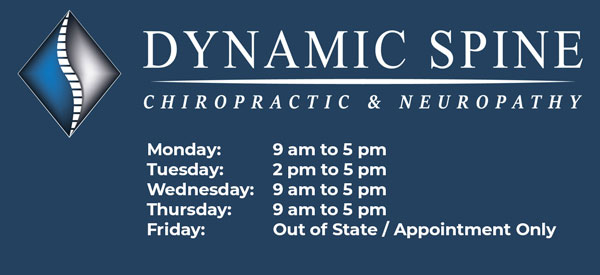
Sciatica
What is Sciatica?
Sciatica refers to pain along the pathway of the Sciatic nerve. It is a term to describe “radiculopathy”, or radiating pain. Compression or irritation to the sciatic nerve can cause:
- Numbness/Tingling, burning, throbbing or sharp shooting pain down the buttock or into the leg
- Can present with lower back pain as well
- In certain cases, can cause weakness or atrophy of the leg muscles
- Many patients find it difficult to find a comfortable position, and symptoms can range from minor discomfort to very severe and debilitating pain.
- Patients often have a hard time sitting or standing for long periods of time.
What Causes Sciatica?
Sciatica is typically caused by one of the following:
- Direct compression from a spinal disc, in which either the disc or disc material is pressing directly onto the nerve. Specific conditions of the disc that cause compression include: Disc bulging, herniation, or other forms of foraminal stenosis.
- Irritation from swelling or inflammation in the spinal canal where the Sciatic nerve roots branch out of the spine
- Irritation to the Lumbar plexus
- Compression on the Sciatic nerve from the Piriformis Muscle (located deep in the buttock)
- Compression from the spinal bone itself, often due to abnormal alignment of the vertebrae or enclosure of the neural canal.
How to Properly Treat Sciatica?
The first part of properly treating Sciatica is to identify the location of the compression. There are 5 pairs of lumbar spinal nerves that branch together to form the Sciatic nerve. Compression of the nerve root at any level can produce symptoms.
To identify the specific level of nerve compression, the following is performed:
- Physical exam of the spine
- Neurological testing, including muscle strength testing
- Orthopedic tests to try to elicit a response that may dictate the area/type of compression
- X-rays may be helpful in seeing underlying conditions that may lead to compression of a nerve root
- If not responding to treatment, MR Imaging (gold standard for imaging of Sciatica) can identify the level, type, and severity of nerve compression.
The second part is to apply appropriate therapy, depending on the cause of the compression. Treatment depends on the compression, as listed below:
*Disc herniation, bulging, or degeneration: Non-surgical spinal decompression is applied to alleviate pressure on the disc, and in some cases can help to improve the severity of the disc bulge or herniation. New studies have found up to an 88% success rate long term.
*Inflammation or swelling in the neural canal: Laser therapy (specifically Low level light therapy) has been shown to be highly effective in treating swelling in joints. This therapy often times can show benefit in just a few treatment sessions, and has very low risk or side effects.
*Spinal alignment: In certain cases, compromise to the alignment of the spine can affect the neural canals in which the spinal nerve roots exit. Improving spinal alignment and biomechanics works to ensure that the spine has adequate function and structure to prevent nerve compression.
*Spasm or Hypertonicity of the Piriformis Muscle: In cases where the Sciatic nerve is being compressed by the Piriformis muscle, also known as “Piriformis Syndrome”, treatment is aimed at the underlying muscle tissues. The piriformis is a small but deeply located muscle in the buttock region. The Sciatic nerve runs underneath this muscle belly. In this case, myofascial release therapy, deep tissue massage, and improvement of swelling and irritation of the piriformis muscle is key to improving the Sciatica symptoms.
Best Way to Correct Sciatica for the Long-Term?
Due to the many different causes of Sciatic nerve compression, below is a list of steps you can take to help prevent Sciatic nerve pain:
- Stay on a wellness spinal schedule: Periodic and precise adjustments of the spine can help to maintain normal alignment, biomechanics, and health spinal discs. Frequency of wellness visits can vary, but a minimum of a yearly checkup is recommended.
- Maintain good posture: Spinal discs are subject to the wear and tear and biomechanics of your posture and movement. Good posture and spinal movement help to keep spinal discs healthy.
- Specific Stretching: There are specific stretches to the lower back and pelvis that can help keep the musculoskeletal system flexible and healthy.
- Strengthen for Spinal stability: Preventing muscle Imbalance is a key factor in preventing lower back pain, which can and may lead to Sciatic symptoms later in life. Our doctors here are trained in core exercises that can help to maintain healthy stability of the spinal canal.








